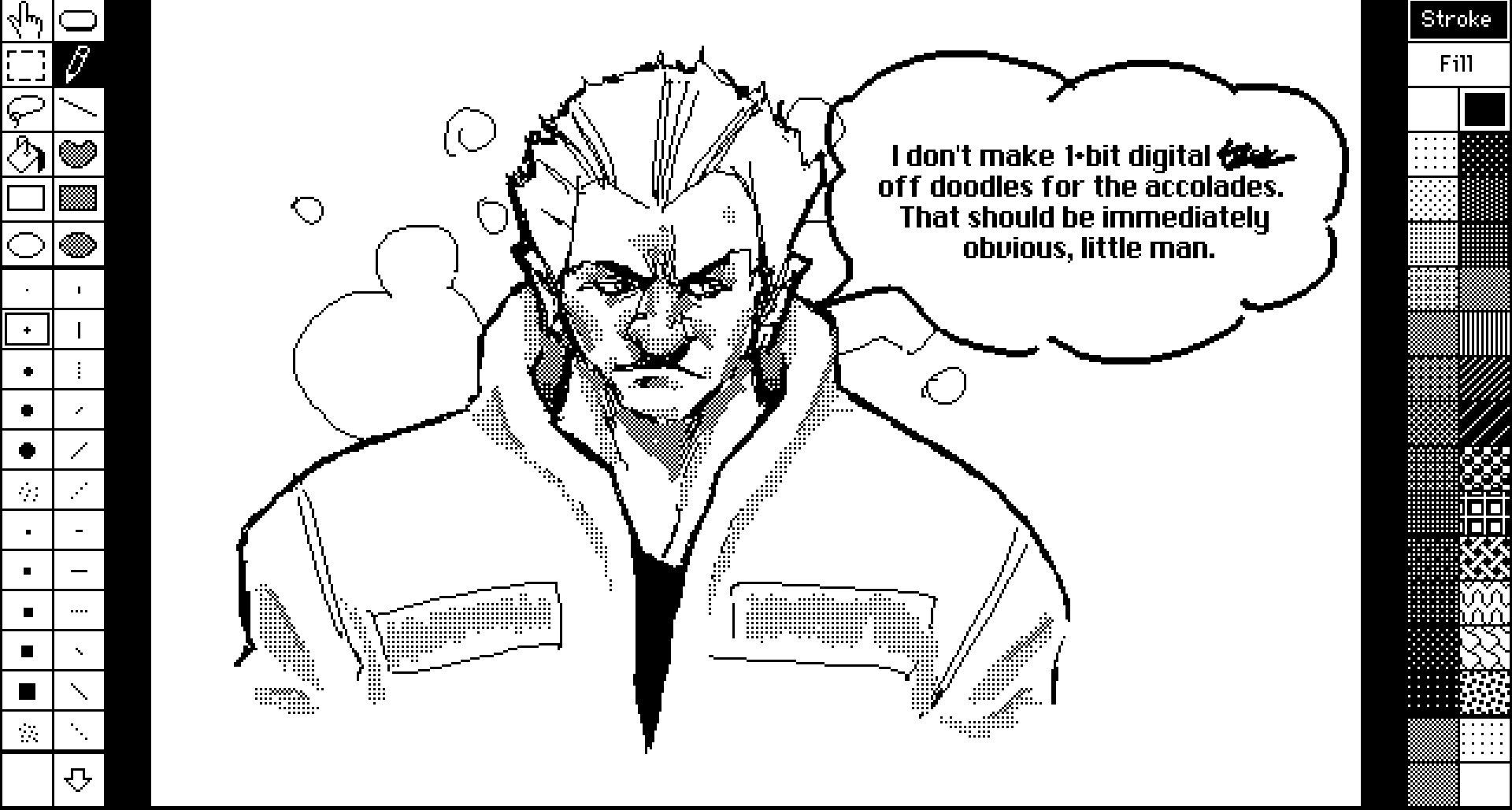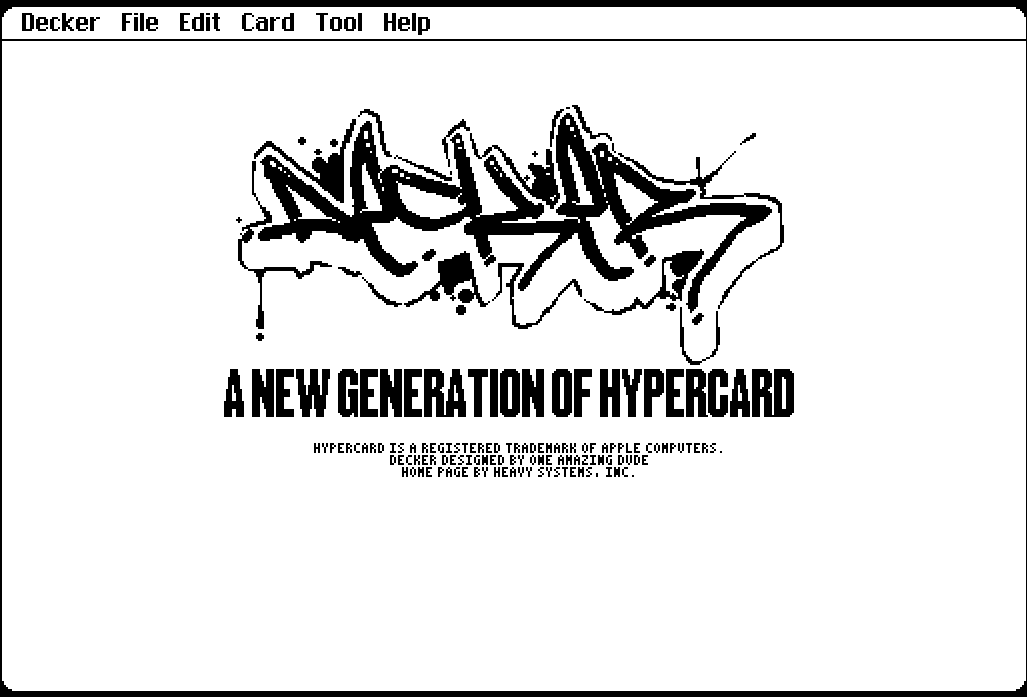I think a native version of this on the next for the next would be most ideal. I still prefer the more limited Speccy version of AGD over the windows version because of the sterile and invasive feel of windows I get these days. I just hate the fact I'm in windows when I'm in windows, basically. It's a me problem, I know.
That said, I'm not skilled/knowledgable enough to do any of the necessary sweat-work of making it happen. So I hope and refill my patience meter and enjoy what is available today.




